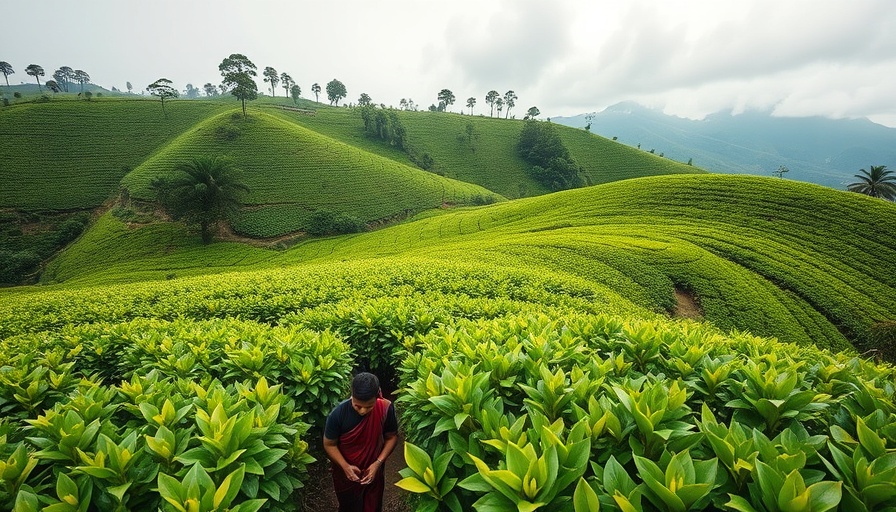
Asia's Unprecedented Climate Crisis: A Deep Dive
A recent report by the World Meteorological Organization (WMO) reveals alarming statistics about climate change in Asia: the continent is warming at a staggering rate of twice that of the global average. This warming is having dire consequences for ecosystems, societies, and local economies, particularly in vulnerable regions.
The WMO's "State of the Climate in Asia 2024" report details significant changes across key climate indicators, including surface temperature, glacier mass, and sea levels, all of which have spiraled beyond our previous understanding. For example, last year was marked by the highest recorded sea surface temperatures in the region, with a decadal warming rate nearly double the global average.
Rising Sea Levels and Coastal Risks
Experts warn that the effects of rising temperatures are especially pronounced along Asia’s coasts. The average sea level in regions bordering the Indian and Pacific Oceans exceeded the global average, putting low-lying coastal areas at an increased risk. Cities like Jakarta and Dhaka face heightened vulnerability, prompting calls for immediate action to enhance coastal defenses and mitigate flooding risks.
The Dangers of Melting Glaciers
A crucial concern highlighted in the report is the impact of climate change on glaciers in the central Himalayas and Tian Shan. With 23 out of 24 glaciers reported to have suffered mass loss, the cascading effects are potentially catastrophic, leading to glacial lake outburst floods and impacts on water security. For boutique hospitality professionals in these regions, this may mean adjusting water usage practices and finding ways to support sustainable tourism.
Extreme Weather Patterns: The Climate Chaos
From heavy rainfall to crippling droughts, Asia experienced extreme weather events that led to devastating consequences. Tropical cyclones wreaked havoc in many coastal nations, while droughts decimated agricultural output, affecting food supply chains and economic stability. Such events are a wake-up call for hospitality businesses, encouraging a shift toward chaos gardening practices to adapt to unpredictable agricultural conditions.
Marine Heatwaves and Biodiverse Impacts
Notably, in 2024, nearly 15 million square kilometers of the Asian ocean area were impacted by marine heatwaves, disrupting marine ecosystems. Coral reefs suffer the most, facing bleaching and eventual death due to increased temperatures. The loss of biodiversity affects not only fisheries but also local tourism which relies on healthy marine attractions.
Actionable Insights: Adapting and Resilient Hospitality
Given the profound climate effects reported, it’s clear that boutique hospitality professionals must adapt. Climate awareness needs to be a cornerstone of business strategy. One avenue could be experimenting with sustainable practices like using leather alternatives and adopting zero-waste principles. Educating guests about eco-friendly behaviors can enhance their experience while encouraging them to be conscious consumers.
Additionally, hospitality businesses should invest in nature reserves or partnerships with local conservation efforts, protecting local biodiversity and enhancing guest experiences. By nurturing relationships with local communities, boutique hotels and lodges can both support the local economy and engage in effective climate adaptation.
Conclusion: Prepare for a Sustainable Future
As the effects of climate change escalate, particularly in vulnerable regions like Asia, the ability to adapt and innovate will be crucial for boutique hospitality professionals. Embracing responsibilities towards sustainability can ensure not just business viability, but will also foster a legacy of increased climate resilience in the communities they serve. This multi-faceted approach can be the key to navigating these turbulent climate conditions strategically and successfully.
 Add Row
Add Row  Add
Add 




Write A Comment